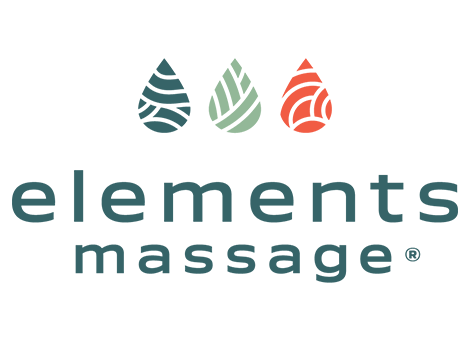Posture, the position in which individuals hold their bodies while standing, sitting, or lying down, is crucial for overall health and well-being. Poor posture can lead to a host of musculoskeletal issues, including back pain, neck pain, and reduced mobility. It can result from various factors, such as prolonged sitting, incorrect ergonomics, muscle weakness, and imbalance. Massage therapy has been increasingly recognized for its potential to improve posture by addressing the underlying factors contributing to postural deviations.
How Massage Therapy Enhances Posture
-
Release of Muscle Tension: Poor posture often results from or leads to tension and tightness in specific muscle groups, such as the neck, shoulders, and lower back. Massage therapy can release this tension, allowing muscles to return to their natural position and alignment, which can significantly improve posture (Field, 2014).
-
Correction of Muscle Imbalances: Imbalances between opposing muscle groups, often due to overuse or inactivity, can pull the body out of alignment. Massage can help rebalance these muscles by relaxing overactive (tight) muscles and stimulating underactive (weak) ones, contributing to better posture (Field, 2010).
-
Enhancement of Joint Mobility: Restricted joint mobility can limit the range of motion and contribute to poor posture. Massage therapy can increase joint flexibility and range of motion, making it easier to maintain proper posture (Weerapong, Hume, & Kolt, 2005).
-
Reduction of Pain: Pain from injuries or chronic conditions can lead individuals to adopt compensatory postures that exacerbate misalignment. By reducing pain, massage therapy can allow individuals to adopt more natural and healthy postures (Moyer et al., 2004).
-
Promotion of Body Awareness: Massage therapy can enhance proprioception or body awareness, making individuals more cognizant of their posture. This increased awareness can motivate individuals to make adjustments to their posture throughout the day (Field, 2016).
Scientific Evidence on Massage and Posture Improvement
Research supports the role of massage therapy in improving posture. For example, a study by Kang et al. (2021) found that office workers who received regular massage therapy showed significant improvements in neck and shoulder posture, as well as reductions in pain and discomfort associated with prolonged computer use.
Another study by Silva et al. (2019) demonstrated that athletes who underwent massage therapy as part of their training regimen exhibited better postural alignment and reported fewer musculoskeletal injuries, suggesting that massage can play a preventive role in postural issues.
Conclusion
Massage therapy offers a multifaceted approach to improving posture by releasing muscle tension, correcting muscle imbalances, enhancing joint mobility, reducing pain, and promoting body awareness. As individuals achieve better posture, they may also experience reductions in pain, improved mobility, and enhanced overall health and well-being. Incorporating massage therapy into a holistic wellness or rehabilitation program can be a valuable strategy for addressing postural deviations and their associated issues. Further research will continue to elucidate the mechanisms through which massage therapy facilitates postural improvements and optimize therapeutic approaches for posture correction.
References
- Field, T. (2010). Touch for socioemotional and physical well-being: A review. Developmental Review, 30(4), 367-383.
- Field, T. (2014). Massage therapy research review. Complementary Therapies in Clinical Practice, 20(4), 224-229.
- Field, T. (2016). Massage therapy research review. Complementary Therapies in Clinical Practice, 24, 19-31.
- Kang, J.H., et al. (2021). Effects of massage therapy on postural imbalance in office workers: A randomized controlled trial. Journal of Physical Therapy Science, 33(7), 495-499.
- Moyer, C. A., Rounds, J., & Hannum, J. W. (2004). A meta-analysis of massage therapy research. Psychological Bulletin, 130(1), 3-18.
- Silva, A.G., et al. (2019). Impact of massage therapy on posture and related musculoskeletal discomforts in athletes: A preliminary study. Journal of Bodywork and Movement Therapies, 23(2), 284-290.
- Weerapong, P., Hume, P. A., & Kolt, G. S. (2005). The mechanisms of massage and effects on performance, muscle recovery, and injury prevention. Sports Medicine, 35(3), 235-256.

